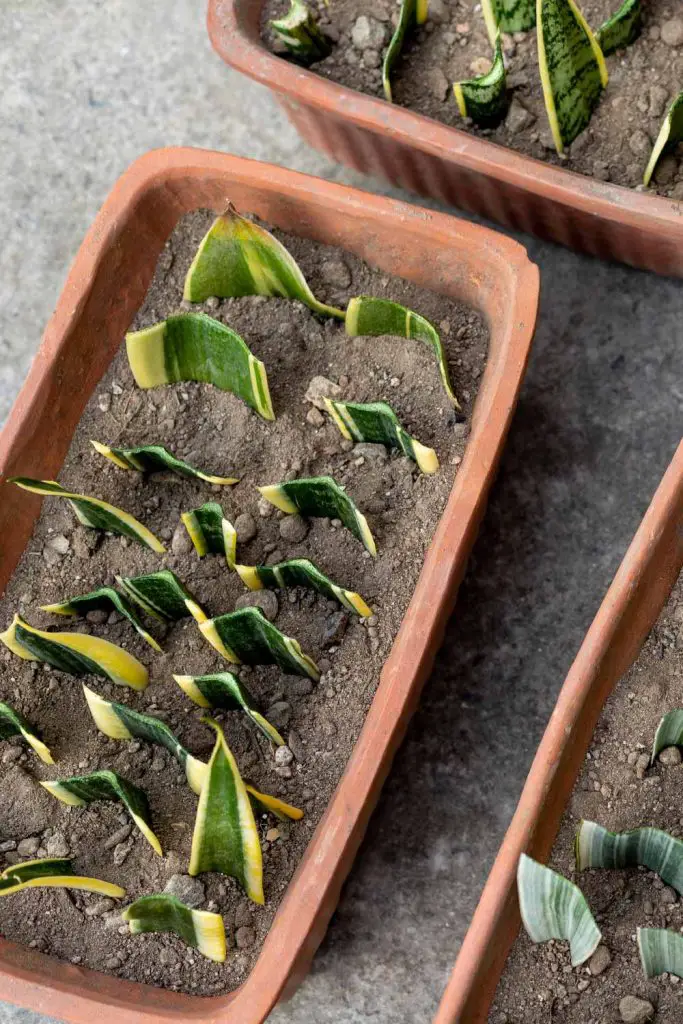9 Of The Easiest House Plants To Propagate!

Welcome to the wonderful world of plant propagation! If you’ve ever dreamed of expanding your indoor jungle without breaking the bank, or if you simply love the satisfaction of nurturing new life, you’re in for a treat.
In this guide, we’ll explore the delightful realm of house plants that are not only easy to care for but also a breeze to propagate. Get ready to witness the magic of creating new plants from the comfort of your own home!
Spider Plant (Chlorophytum comosum)
Let’s kick things off with a classic favorite – the Spider Plant. Known for its arching, spider-like foliage, this resilient beauty is an absolute breeze to propagate. Simply snip off one of the “spiderettes,” place it in water until roots form, and voila!
You’ve got yourself a brand-new Spider Plant ready to enhance any corner of your home.
Snake Plant (Sansevieria trifasciata)
If you’re searching for a low-maintenance plant that’s practically indestructible, look no further than the Snake Plant. This architectural marvel not only purifies the air but is also a propagation superstar. Divide the rhizomes, let them dry for a day or two, then plant them in fresh soil.
The Snake Plant’s ability to thrive in almost any condition makes it an excellent choice for both novice and seasoned plant enthusiasts.
Pothos (Epipremnum aureum)
Pothos, with its cascading vines and heart-shaped leaves, is a staple in many households. The good news? It’s one of the easiest plants to propagate. Snip a healthy vine, trim it into several cuttings, and place them in water.
Once roots emerge, transfer them to soil, and you’ll have lush Pothos offspring ready to grace your living space.
Jade Plant (Crassula ovata)
For those with a penchant for succulents, the Jade Plant is a top pick. Renowned for its resilience and symbolic association with good fortune, the Jade Plant is a propagation dream.
Simply cut a healthy leaf or stem, let it dry for a day or two, and plant it in well-draining soil. With minimal effort, you’ll soon have a collection of thriving Jade Plants.
ZZ Plant (Zamioculcas zamiifolia)
The ZZ Plant, with its glossy, dark green leaves, is not only stylish but also a propagation superstar. Snip a healthy leaf or stem, allow it to dry for a few days, and plant it in soil.
This hardy plant can tolerate low light and infrequent watering, making it a perfect choice for those who may not have the greenest of thumbs.
Rubber Plant (Ficus elastica)
Known for its broad, dark green leaves, the Rubber Plant is a favorite for adding a touch of elegance to any room. When it comes to propagation, it’s as simple as taking a cutting, dipping it in rooting hormone (optional), and planting it in a well-draining soil mix.
With a bit of patience, you’ll soon have new Rubber Plants to adorn your indoor oasis.
Aloe Vera (Aloe barbadensis miller)
Not just a skin-soothing succulent, Aloe Vera is also a propagation champion. Snip off a healthy leaf, let the cut end dry for a day, and plant it in a succulent-friendly soil mix. This versatile plant not only adds a touch of green to your space but also provides the added bonus of natural skin care.
Monstera (Monstera deliciosa)
If you’re a fan of trendy, Swiss cheese-like leaves, the Monstera is your go-to propagation project. Take a cutting with a node (where leaves and roots sprout), let it root in water or directly in soil, and watch as a new Monstera plant emerges. The iconic split leaves of this plant are sure to make a bold statement in your home.
Philodendron (Philodendron spp.)
Last but certainly not least, we have the Philodendron – a diverse genus with a variety of species, each boasting its unique charm. Many Philodendron species are incredibly easy to propagate. Snip a healthy stem, allow it to root in water or soil, and witness the birth of a new Philodendron plant.
Whether you choose a heartleaf, Brasil, or a classic Philodendron, you’re sure to enjoy the lush beauty they bring.
With these 9 easy-to-propagate house plants, you’re well on your way to expanding your indoor green haven. Plant propagation not only allows you to multiply your plant collection but also deepens your connection with nature.
So, grab your pruners, get your hands dirty, and revel in the joy of watching your plant family grow! Happy propagating!

More interesting articles you may be interested in reading:


Pingback: Do Your Kids Refuse To Eat Vegetables? Try Them With This Vegetable Powder! - Mental Scoop